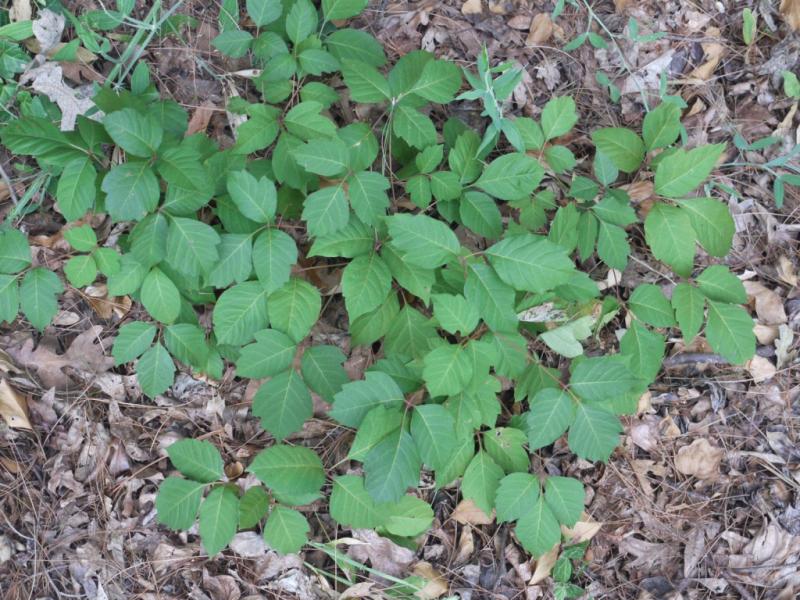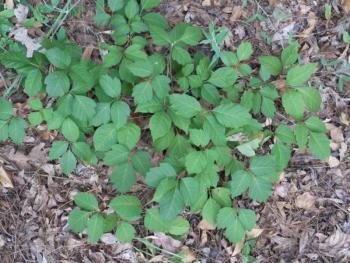Know what you’re picking
One October, newcomer Burni wrote with glee about harvesting red berries. She had gone out to pick all she could.
“They’re almost too pretty to eat,” she raved.
I think I reached her before she served them to her city visitors. Who knows what combination of berries they all might have tasted?
If you are new to Maine, please know what you’re plucking. There are books to help one identify autumn fruits. Check with your county University of Maine Cooperative Extension office, taking samples to that office. (The Knox-Lincoln County office is on Manktown Road, Waldoboro, across from the High School. Mark Hutchinson is in charge.)
At this time of year, sessions on identification may be offered. Nature centers may show actual plants. Even set up your own exhibit or seasonal poster, leaving space for more berries or podded plants as you discover them.
At the same time, learn to recognize poison ivy. Here’s a plant that seems immortal. Know about its three leaves. This plant has berries, too. I believe some birds can eat them without harm, and so seeds may by chance be spread elsewhere.
Poison ivy can creep over ground, climb stone walls and even make its way up trees and bushes. Recognize it and make sure your children can, too.
If you are clearing a poison ivy-infested patch, wear clothes and gloves that can later be washed with strong soap. In your zeal to get rid of this nuisance, remove all cuttings from the premises. Do not burn poison ivy; it can penetrate your clothing, and inhaling the smoke will irritate your lungs.
Remedies are available. Ask the pharmacist at the drug store about what products best combat the effects of poison ivy.
All of this may sound rather dire, but humans have survived living with poison ivy for a long time, which proves that caution and avoidance may pay off.
Burni learned about edible berries and still thrives.
It pays to know what to eat – and what to admire only.
Event Date
Address
United States
























